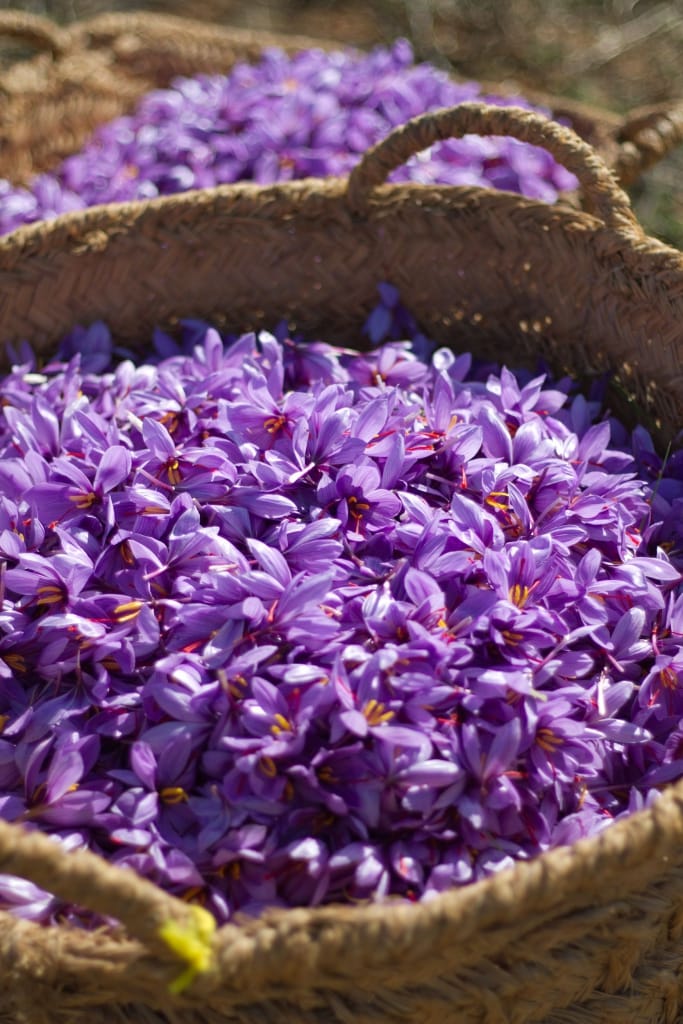20% of the mountainous lands of Gilan are prone to saffron cultivation

Gilan Jihad Agricultural Organization’s Deputy for Plant Production Improvement said:
20% of the mountainous terrain of Gilan is prone to cultivation of medicinal plants, including saffron.
Massoud Almasi said: Residents of some mountainous areas of Gilan welcome saffron cultivation, It has caused the area under cultivation of this crop in Gilan From 8,000 square meters of model farms in the last 10 years, it will increase to about 18 hectares.
He added: 388 Gilani saffron from these farms, About 62 kg of quality saffron is produced.
Almasi pointed out: According to official pricing, Each kilo of saffron is sold in the wholesale market for 12 to 15 million tomans; Meanwhile, the conversation with Gilani’s saffron growers shows; They produce saffron because of its high quality. Good taste and aroma have sold up to 24 million tomans each.
Gilan Jihad Agricultural Organization’s Deputy for Plant Production Improvement continued: However, agricultural calendars indicate this Only a decade has passed since Gilan joined the saffron-producing provinces But the history of saffron cultivation in this province is more than this;
Because in the book “Iranian Saffron” written by Dr. Abrishami, it is stated; Dilamani saffron, One of the most famous and best saffron produced in Iran was about 400 years ago.
He said that currently in some mountainous areas Siahkal, Rudsar, Amlash and Rudbar counties in Gilan Saffron is cultivated, which is very similar to the climate of Khorasan Razavi. Of course, in some areas of the Gilan plain, including SomehSara As well as escaped, Saffron is cultivated We do not recommend this;
Because saffron should be grown at an altitude of 500 meters above sea level And too much moisture causes the onions to rot.
Mr. Almasi is one of the important advantages of saffron cultivation Ability to harvest He announced a quality product for up to seven years and said: Saffron onions one year after planting, It starts flowering and yields saffron for up to 7 years.
Deputy of Plant Production Improvement of Guilan Agricultural Jihad Organization Saying that this plant is low expectations, It has also grown in low-yield areas and requires little water, he said. Residents of some mountainous areas of Gilan can As a side job, count on it And cultivate saffron onions in the fields around their homes And harvest three to four kilograms of saffron per hectare.
Almasi also said about the quality of saffron produced in Gilan:
Three years in a row, we sent seven samples of Gilan saffron produced to Khorasan Razavi Saffron Reference Laboratory.
The three main factors of its aroma, taste and color were in accordance with the standard characteristics of saffron in this province And even in some cases,
saffron produced in areas such as Siahkal and Deilman, It had a much better quality and higher than the Khorasan Razavi index saffron.
He added: Although saffron is not Gilan brand And sold in bulk, but the same quality, The excellent aroma and taste has made it have its own customers in the saffron market.






Get Social